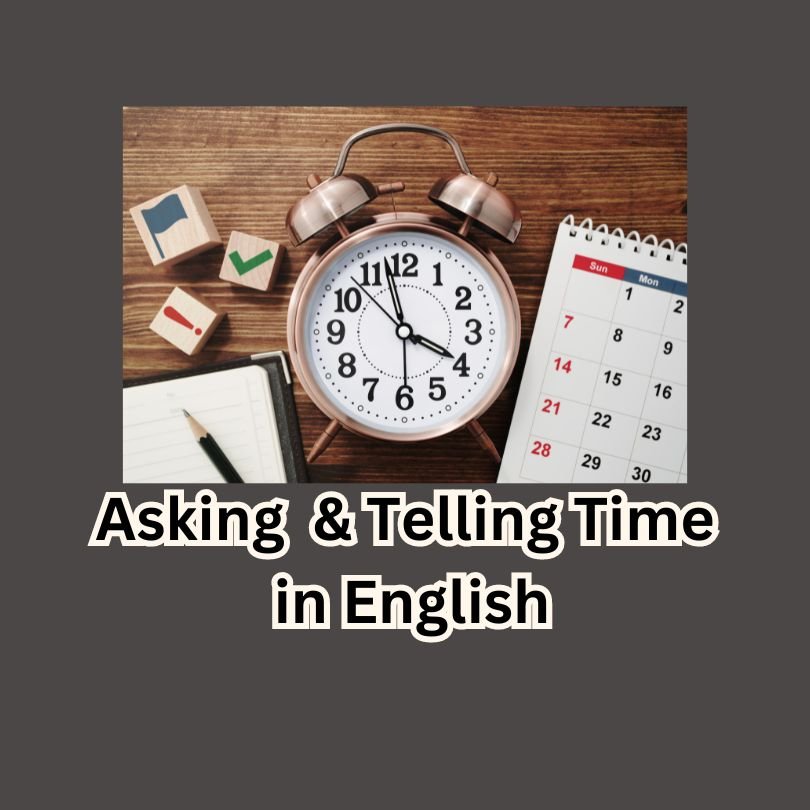Expressing Time in English: Asking and Telling Time
Introduction
Understanding how to ask and tell time is a fundamental skill in learning English. Expressing time accurately is crucial for daily conversations, scheduling appointments, and managing your day-to-day activities. This article will guide you through the basics of asking and telling time in English, providing simple explanations, examples, and practical dialogues to help you master this essential skill.
Asking for the Time
When you want to know the time, there are several common phrases you can use:
- What time is it?
- Do you have the time?
- Can you tell me the time?
These questions are straightforward and polite ways to inquire about the current time.
Telling the Time
When telling the time, it’s important to understand the two main formats: the 12-hour clock and the 24-hour clock (also known as military time).
The 12-Hour Clock
The 12-hour clock is commonly used in everyday conversations. It divides the day into two periods: AM (from midnight to noon) and PM (from noon to midnight).
Examples:
- 7:00 AM – Seven o’clock in the morning
- 3:30 PM – Three-thirty in the afternoon
Here are some specific ways to express the time:
- O’clock: Used for whole hours. Example: 2:00 – Two o’clock
- Half past: Used for 30 minutes past the hour. Example: 4:30 – Half past four
- Quarter past: Used for 15 minutes past the hour. Example: 7:15 – Quarter past seven
- Quarter to: Used for 15 minutes before the hour. Example: 8:45 – Quarter to nine
The 24-Hour Clock
The 24-hour clock is commonly used in schedules, timetables, and by the military. It runs from 00:00 (midnight) to 23:59.
Examples:
- 08:00 – Eight hundred hours (8:00 AM)
- 15:45 – Fifteen forty-five hours (3:45 PM)
Examples of Asking and Telling Time
Example 1: Asking the Time
- Person A: “Excuse me, what time is it?”
- Person B: “It’s half past three.”
Example 2: Telling the Time
- Person A: “Do you have the time?”
- Person B: “Yes, it’s quarter to six.”
Practical Dialogue
Here’s a sample dialogue demonstrating how to use these phrases in daily conversation.
Dialogue:
- John: Hi Sarah, do you know what time it is?
- Sarah: Sure, it’s ten past two.
- John: Thanks! What time do you think the meeting will start?
- Sarah: The meeting is scheduled for half past two.
- John: Great, we have twenty minutes to prepare then.
- Sarah: Yes, let’s get ready.
By understanding and practicing these simple phrases and concepts, you’ll find it much easier to navigate daily activities and communicate effectively in English regarding time.

